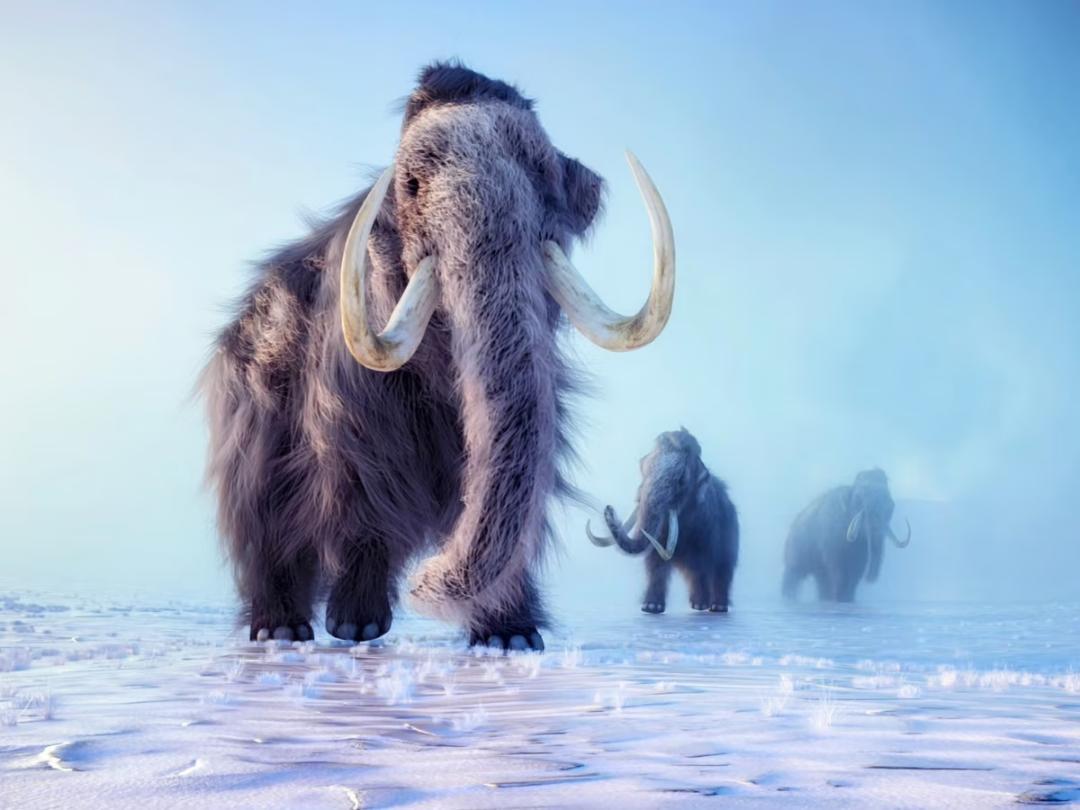
Comet explosion 13,000 yrs ago led to mammoths’ extinction: Study
The demise of the woolly mammoths has long been a topic of fascination and debate among scientists and researchers. For years, theories have ranged from climate change to human hunting, but a recent study suggests that a massive cosmic explosion may have been the culprit behind the extinction of these majestic creatures. According to the research, a fragmented comet exploded in the atmosphere nearly 13,000 years ago, triggering intense heat and widespread burning, which ultimately led to the collapse of Ice Age megafauna, including the woolly mammoths.
The study, which was published in a reputable scientific journal, reveals that the comet explosion would have caused a massive shockwave, followed by harsh conditions that would have made it impossible for the mammoths and other large animals to survive. The explosion would have thrown up massive amounts of debris into the atmosphere, blocking out the sun and leading to an “impact winter.” This prolonged period of cold and darkness would have had a devastating effect on the environment, making it difficult for plants to grow and animals to find food.
The researchers behind the study used a combination of geological and astronomical data to reconstruct the events of 13,000 years ago. They analyzed sediment cores from various locations around the world, looking for evidence of the comet explosion. The cores revealed a layer of charcoal and soot, which is consistent with a massive fire or explosion. The team also found evidence of nanodiamonds, which are tiny diamonds that are formed under high-pressure and high-temperature conditions, such as those found in a comet explosion.
The study’s lead author, a renowned expert in the field of astrobiology, explained that the comet explosion would have been a catastrophic event that would have had far-reaching consequences for the environment and the animals that lived in it. “The explosion would have released an enormous amount of energy, equivalent to thousands of nuclear bombs,” the author said. “The shockwave would have flattened trees and destroyed habitats, making it impossible for the mammoths and other large animals to survive.”
The researchers also found evidence of a massive burn area, which would have been caused by the intense heat generated by the comet explosion. The burn area would have been so large that it would have affected the entire continent, causing widespread destruction and chaos. The team estimates that the burn area would have been around 10,000 square kilometers, which is roughly the size of the state of Massachusetts.
The study’s findings have significant implications for our understanding of the extinction of the woolly mammoths and other Ice Age megafauna. While climate change and human hunting are still thought to have played a role in the extinction of these animals, the comet explosion would have been the final nail in the coffin. The harsh conditions caused by the explosion would have made it impossible for the mammoths and other large animals to adapt and survive.
The research also highlights the importance of considering astronomical events in the study of extinction. While we often focus on terrestrial factors, such as climate change and human activity, the study shows that extraterrestrial events can have a significant impact on the environment and the animals that live in it.
In conclusion, the study provides strong evidence that a comet explosion 13,000 years ago led to the extinction of the woolly mammoths and other Ice Age megafauna. The explosion would have caused a massive shockwave, followed by harsh conditions that would have made it impossible for these animals to survive. The findings of the study have significant implications for our understanding of the extinction of these animals and highlight the importance of considering astronomical events in the study of extinction.
The study’s findings are a reminder of the awe-inspiring power of the universe and the potential for extraterrestrial events to shape the course of life on Earth. As we continue to explore the universe and learn more about the history of our planet, we may uncover even more evidence of the significant role that astronomical events have played in shaping the evolution of life on Earth.
News Source: https://journals.plos.org/plosone/article




